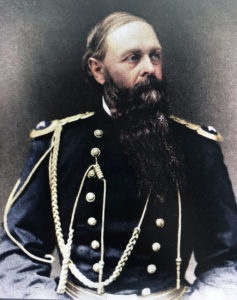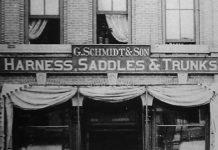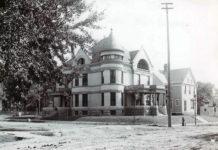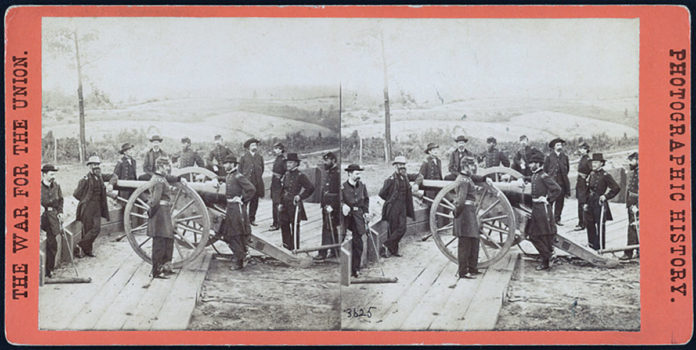
The name Tourtellotte, to most Mankato residents, is the name of a park, a swimming pool and an obscure street that runs along a portion of Fourth Street. Since this isn’t a common name in the area, it begs the question, where did the name originate?
The answer goes nearly all the way back to Mankato’s founding.
Coming to Mankato
In the summer of 1857, John Eaton Tourtellotte, a young lawyer fresh out of Brown University in Providence, Rhode Island, came to Blue Earth County. He opened a law office in partnership with another pioneer resident and young attorney, Orrin O. Pitcher, in the newly established town of Mankato.
Minnesota formed a territorial militia in 1850, but it existed only on paper until the late 1850s when communities began organizing volunteer militia companies of their own. The Minnesota National Guard traces its roots to these early companies. A talent for military organization revealed itself when John Tourtellotte formed a militia company in Mankato and was commissioned Lieutenant Colonel of the 11th Regiment of the Minnesota Militia on December 2, 1858.
Military Career
With the outbreak of the Civil War in 1861, Tourtellotte at once recruited his own military company known as the “Valley Sharpshooters.” This company became Company H of the 4th Minnesota Infantry. He enlisted with his men as a private on September 30, 1861, only to be elected captain by the company and commissioned as such December 20, 1861.
In April 1862, the regiment embarked on steamers and headed for Missouri. From May 1862 through September 1863, the 4th Minnesota operated mainly in the state of Mississippi and participated in the battles of Iuka and Corinth. Tourtellotte was promoted to Lieutenant Colonel of his regiment on August 14, 1862.
In 1863, the 4th Minnesota, under the command of Lt. Col. Tourtellotte, served in General Ulyssess S. Grant’s Vickburg Campaign. After the confederates surrendered on July 4th, the 4th Minnesota had the honor of leading the victorious Union troops into the surrendered city of Vicksburg. The 4th Minnesota also fought in the battle of Chattanooga in Tennessee.
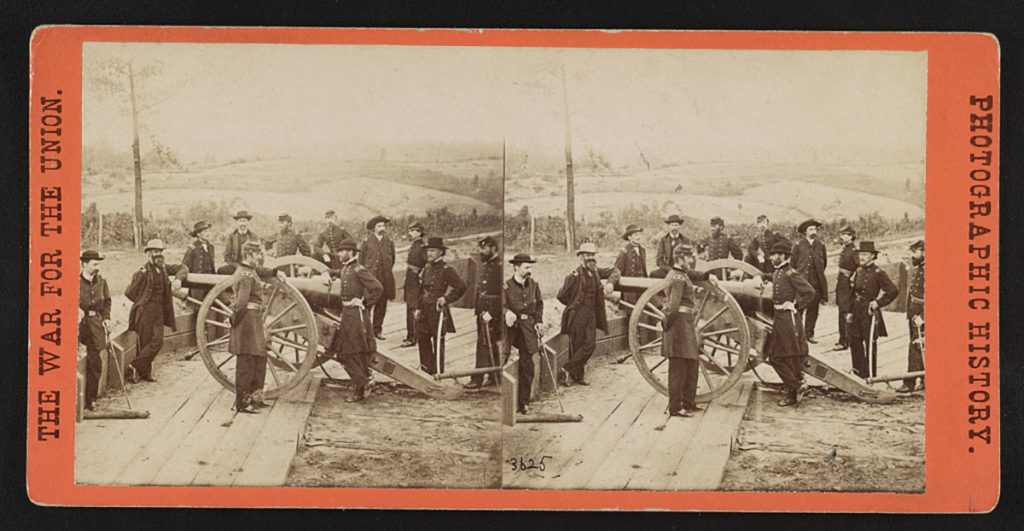
A Key Moment
Allatoona Pass, Georgia was a significant supply depot for General William T. Sherman’s army in Atlanta. It was at the battle of Allatoona Pass on October 5, 1864, that Col. Tourtellotte earned the respect of Major General William Tecumseh Sherman. While he was not the actual brigade commander, Lt. Col. Tourtellotte of the 4th Minnesota led the forces there. He commanded 2,000 Union troops to victory over 7,000 advancing confederates. Sherman ordered Tourtellotte to hold on until reinforcements arrived.
Throughout the battle, Colonel Tourtellotte continually rode along the lines, encouraging his men. He relayed the news that Sherman was at Kennesaw and help was on the way. Such encouragement inspired the men to fight harder. By the time reinforcements arrived, one-third of Tourtellotte’s men were killed, wounded or captured. Nearly all of the Union officers in charge were wounded to some degree. Tourtellotte was badly wounded in the hip, but commanded from an ambulance instead of leaving the battlefield.
Wrapping Up the War
During the next six months the 4th Minnesota, under Tourtellotte’s command, participated in Sherman’s March to the Sea and in his Carolinas Campaign. On May 24 General Sherman’s troops participated in the Grand Review march in Washington. Once again the 4th Minnesota had the honor of taking the lead.
For his gallantry at Allatoona, Tourtellotte received a commission of Brevet Brigadier General U.S. Volunteers on March 13, 1865. The 4th Minnesota was mustered out of federal service in Louisville, Kentucky in July 1865. The regiment returned home and was discharged at Fort Snelling on August 7, 1865.
After the War
When the war ended Tourtellotte returned to Mankato to resume his law practice and entered a partnership with Judge Frankin H. Waite. However, just several months later General Sherman offered him a captaincy in the regular U.S. Army and he accepted. On July 28, 1866, he was made captain of the 28th U.S. Infantry and detailed as Superintendent of Indian affairs in Utah.
By 1870 Tourtellotte was transferred to a captaincy in the 7th Cavalry of which Custer was Colonel. However he never joined Custer’s command, as he was appointed as Aid-de-Camp to General Sherman with rank as Colonel. Tourtellotte spent two years at West Point after Sherman appointed him to work with Gen. Upton to revise cavalry tactics in 1873.
Aide-De-Camp to General Sherman
With his distinguished personality, General Sherman found Col. Tourtellotte to be the natural choice for the position of military escort when the Marquis of Lorne and Princess Louise (the daughter of Queen Victoria and Prince Albert) visited the United States. During the six-month tour, they visited most of the principal cities in the country.
The Chicago Tribune reported on January 16, 1883; “The Vice regal party is accompanied by Col. Tourtellotte, of the United States army, detailed from Gen. Sherman’s staff to represent the United States Government, in courtesy to the royal tourists. The party has been traveling since last September, during which time they have traversed not less than 6,000 miles.”
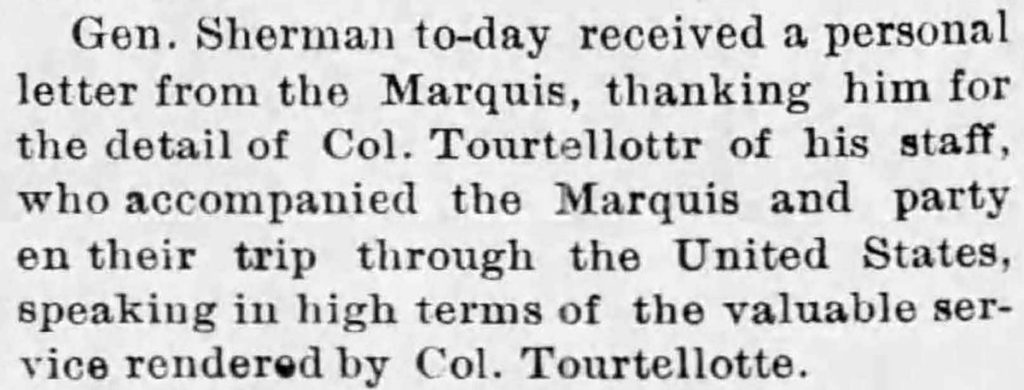
Colonel Tourtellotte was commissioned Major of the 7th Cavalry on Sept. 22, 1883 and he continued to work on Gen. Sherman’s staff until 1884 when Sherman was placed on the retired list. Col. Tourtellotte retired the following year on March 20, 1885 due to his war disability. He never married and continued to live in Washington D.C. until the last five years of his life.
With his disability was growing worse, he went to live with relatives in La Crosse, Wisconsin. The colonel received a monthly letter from General Sherman up until Sherman’s death in February 1891.
Tourtellotte’s Gift to Mankato
Throughout his life, Tourtellotte never forgot Mankato. Neither a brilliant military career nor an exciting social life in Washington D.C. lessened his affection for Mankato and he visited often.
Colonel Tourtellotte was Mankato’s first public benefactor. The Minneapolis Star Tribune reported on April 7, 1888, “Mankato is at last to have a hospital. Col. J.E. Tourtellotte, one of the earliest settlers of the city, but now of La Crosse, Wis., has offered to donate $8,000 in cash toward such an institution. A meeting of the city council was held and 3 ½ acres of land was promised for the site.”
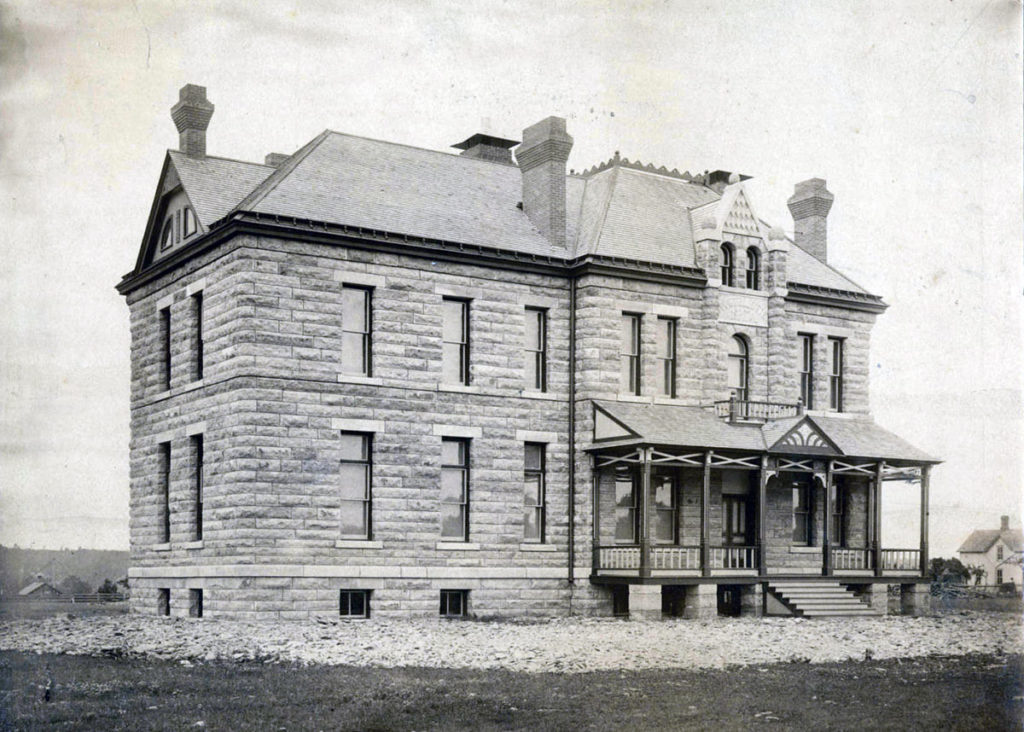
At the time, hospitals were fearsome things. Dubbed “pest houses” they were reserved as a last resort. No one wanted to live near one and no one wanted to be a patient in one. It generally spelled “the end.” So, the city of Mankato built the hospital on what was known as the “stone prairie” north of town where neither sewer or water were available. The two-story, twenty-room sandstone hospital was built the same year the Tourtellotte’s donation was received.
Operated by the city, the council soon found that the operating costs were draining the city treasury. They sought help from the Sisters of the Sorrowful Mother Sisters of Marshfield, Wisconsin in 1897. After the first year of administration under the Sisters, the hospital was operating in the black. In 1898, the Sisters purchased a house on 6th Street and opened a second hospital there. They continued to operate the Tourtellotte Hospital until 1903, at which time it was abandoned.
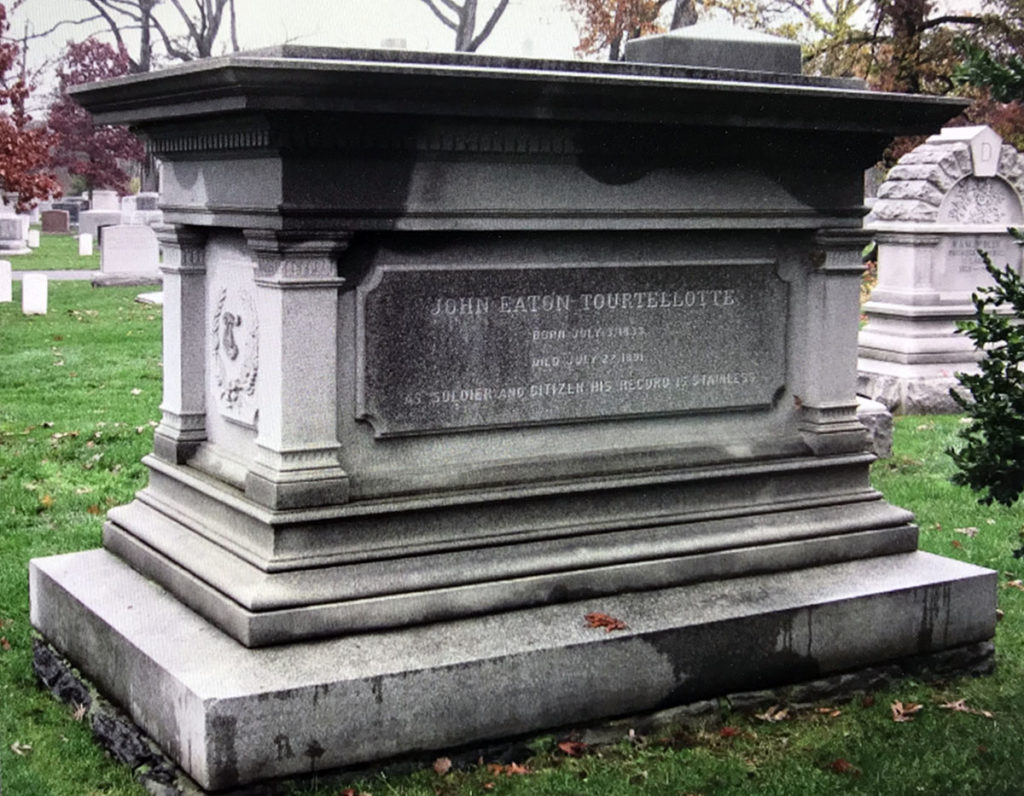
The hospital was demolished in 1906 and some of the stone from the original hospital was used in the construction of Immanuel hospital. Locating the facility beyond the existing city water mains and sewer system of the time, proved to be its demise.
Colonel John E. Tourtellotte died July 22, 1891 in La Crosse, Wisconsin and he is buried in Arlington National Cemetery in Washington D.C.
Because of the poor management of Colonel Tourtellotte’s gift, there was a desire to retain the name of the city’s first benefactor. Tourtellotte Parkway was selected as a name for an abandoned railway right of way on North Fourth from Spring to Franklin Streets.
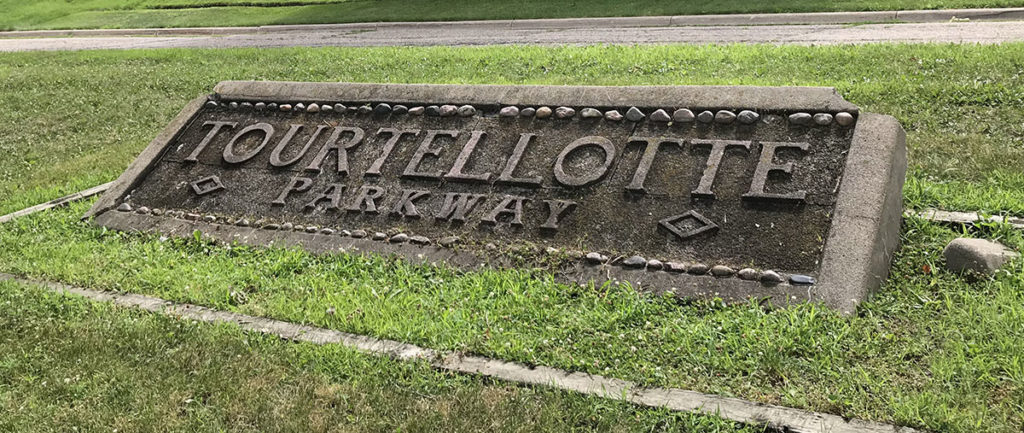
Recognizing Tourtellotte’s generosity, the City of Mankato chose to name a 22-acre park in his honor at the end of North Broad Street in of Mankato. In 1939 WPA crews constructed a swimming pool, wading pool, bathhouse, and stone wall along N. 4th Street which still stands today. The pool was rebuilt in 1982 and upgraded in 1994.

